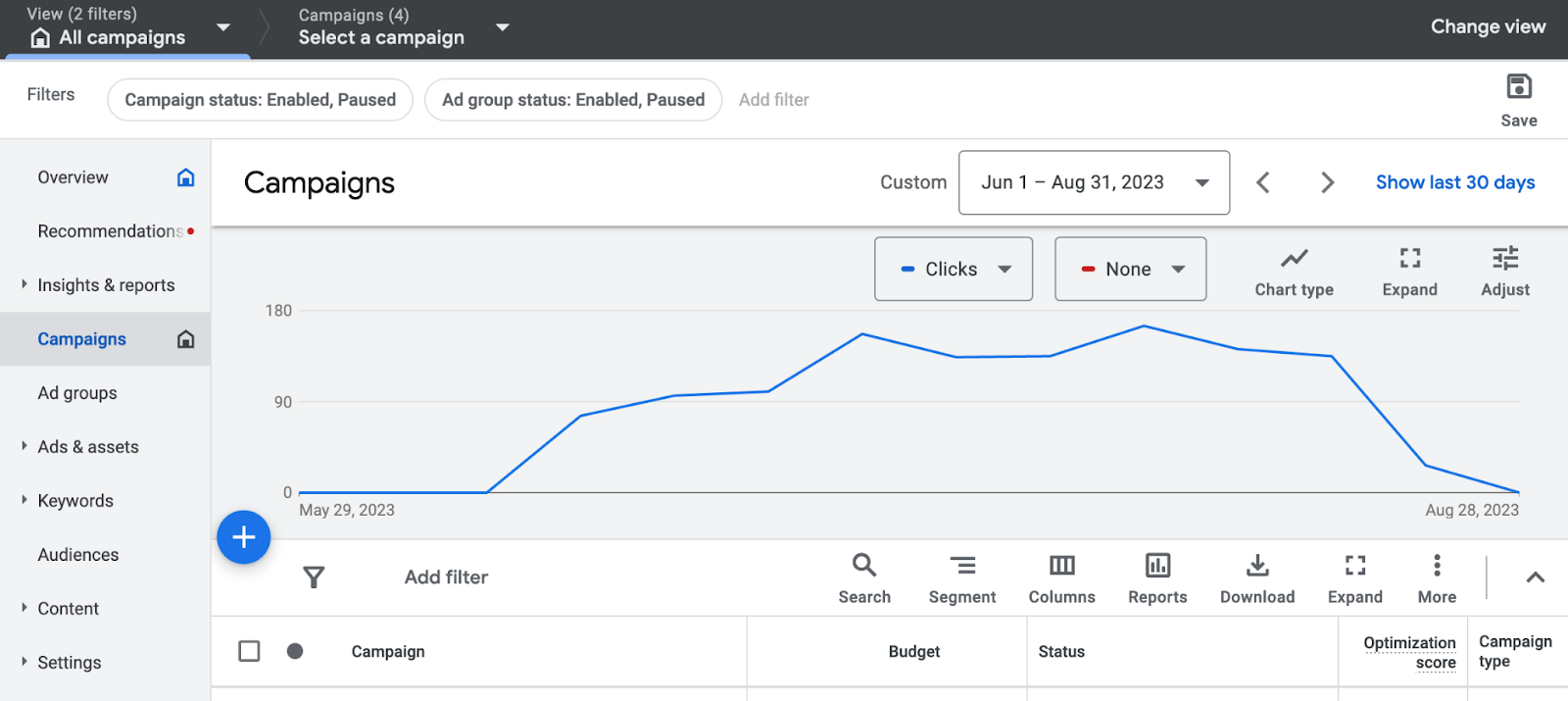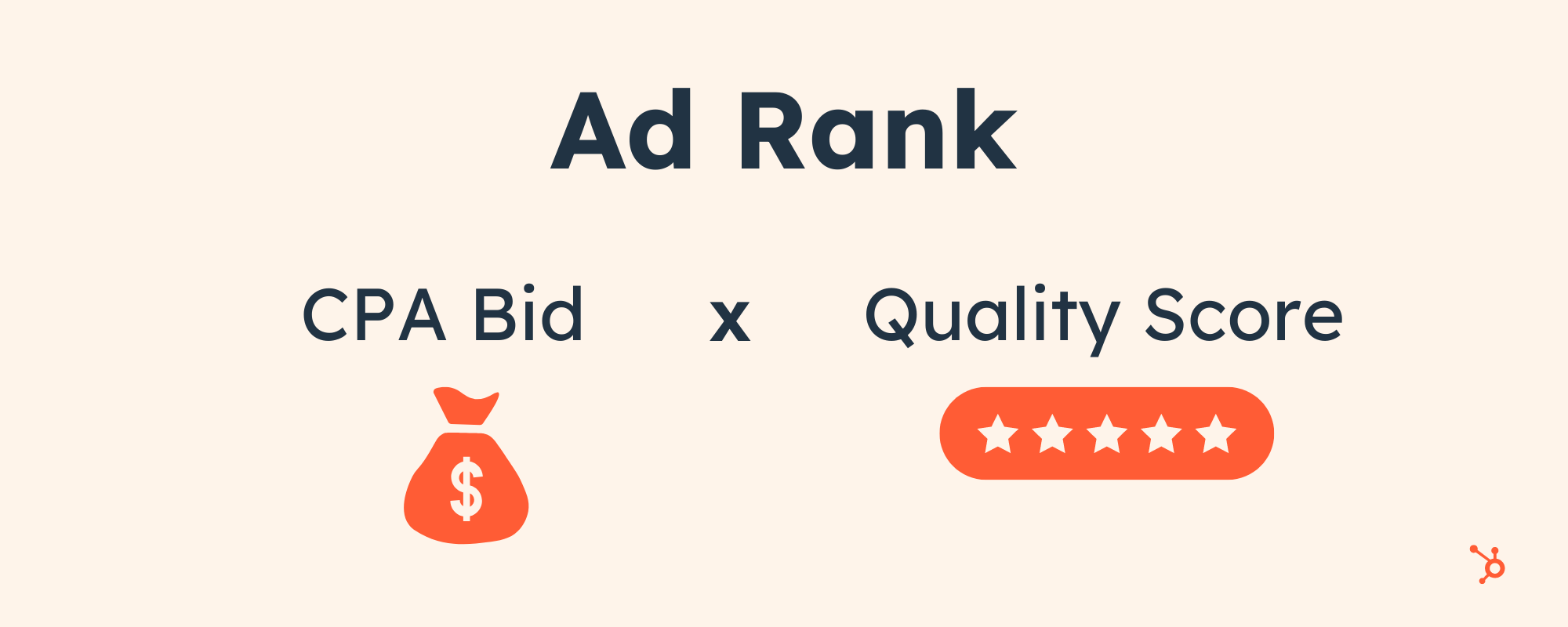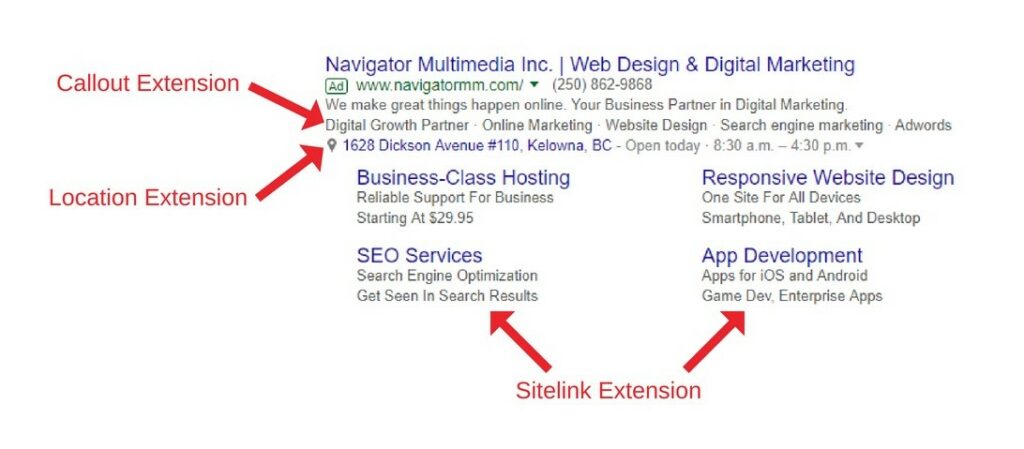10 min to read
Leveraging Google Ads for Effective B2B Lead Generation - A B2B digital agency perspective

At CodeDesign, one particularly effective approach we use for leveraging Google Ads in B2B lead generation focuses on highly targeted keyword strategies combined with custom intent audiences. Instead of broad targeting, we pinpoint specific industries and job titles within those industries, tailoring our ads to speak directly to the needs and pain points of those specific professionals. This method not only increases the relevance of our ads but also significantly boosts the conversion rates, as the ads are more likely to resonate with the exact audience who are in active search of the solutions we advertise. This granular approach requires a deep understanding of the client’s market and ongoing optimization based on performance data, but the results are consistently superior in terms of both lead quality and cost efficiency.
You could work with us, the leading digital marketing agency in Lisbon, Portugal.
Strategic Keyword Selection

Keyword research is foundational in setting up a successful Google Ads campaign for B2B lead generation, and while the basics of using tools like Google Keyword Planner, SEMrush, or Ahrefs to identify relevant long-tail keywords are well known, integrating the concept of searcher intent into your keyword strategy can dramatically improve your campaign outcomes.
Searcher intent refers to the reason behind a person's search query—what they are really looking for. In B2B markets, understanding the specific stages of the buyer’s journey can guide your keyword selection process more precisely. For example, keywords associated with "information gathering" such as "how to improve manufacturing efficiency" are likely being searched by users in the awareness stage. These are valuable for top-of-funnel content aimed at educating and engaging potential customers. On the other hand, more transactional keywords like "best enterprise CRM software" suggest a readiness to purchase and are crucial for capturing leads at a more advanced stage in the funnel.
By aligning your keywords with the specific intent and stages of your potential clients' buyer journeys, you can create more targeted ad campaigns that speak directly to where the client is in the sales process. This approach not only increases the relevance of your ads but also improves click-through rates and conversion rates because your ads are answering the specific needs of searchers at the right time.
How to choose the right keywords?
Competitor Keyword Analysis: Instead of just identifying what your competitors rank for, delve deeper into their ad copy and landing pages to understand the context in which they use certain keywords. Tools like SEMrush and Ahrefs offer features that allow you to see the exact ads your competitors are running. Analysing these can reveal gaps in their strategies or keywords they might be underutilizing. For instance, if a competitor is focusing heavily on general terms, there might be an opportunity to capture market share through more specific, niche keywords that they are overlooking.
What is our go-to strategy for our B2B clients at our agency?
At CodeDesign, our approach to effective keyword research for B2B lead generation is deeply analytical and centres around three key strategies: understanding client-specific ecosystems, leveraging semantic search principles, and continuous optimization based on performance data.
Understanding Client-Specific Ecosystems: We begin by deeply diving into the client's industry, product offerings, and customer profiles. This involves not just traditional keyword research tools but also engaging with client sales teams, analysing customer feedback, and reviewing industry reports. By mapping out the ecosystem in which the client operates, we can identify not only the direct keywords but also the ancillary terms that surround the client's core business functions. For example, a client in the enterprise software space might focus on "enterprise resource planning solutions," but our research will expand to related operational efficiencies, integration capabilities, and industry-specific solutions, like "ERP for manufacturing" or "cloud-based ERP benefits."
Leveraging Semantic Search Principles: Semantic search is about understanding the intent and the contextual meaning of search terms. We use this approach to expand our keyword lists and ensure that we cover a range of related terms that potential clients might use. This includes synonyms, industry jargon, and query-based keywords that address specific problems or needs, such as "how to reduce operational cost with ERP". By incorporating semantic search, we aim to capture a broader yet highly targeted set of search queries that align with the user's intent at different stages of the buying cycle.
Continuous Optimization Based on Performance Data: Keyword research for us is an ongoing process, not a one-time task. We continuously analyse the performance of our campaigns using Google Ads and Analytics data to see which keywords drive the most engagement and conversions. This data not only helps refine our existing campaigns but also informs our strategies for new client engagements. If certain keywords perform exceptionally well, we may delve deeper into those areas, possibly creating dedicated campaigns or content for those terms.
Competitor Keyword Analysis
Utilising Advanced Competitor Analysis Tools: We use industry-standard tools like SEMrush, Ahrefs, and SpyFu to conduct in-depth analyses of competitors’ websites and ad campaigns. These tools help us identify not just the keywords competitors are targeting but also their ad copy, the structure of their ad groups, and their budget allocation. By analysing these elements, we can pinpoint which keywords are driving the most traffic and conversions for our competitors.
Monitoring Competitor Ads and Content: Regularly monitoring the changes in competitors’ keyword strategies is crucial. We track their paid and organic search strategies to see how they evolve over time. This continuous monitoring allows us to adapt and refine our keyword strategies, ensuring that our clients remain competitive. For example, if a competitor shifts their focus towards a new set of keywords or significantly increases their budget on certain terms, we can analyse the impact and adjust our strategy accordingly.
Gap Analysis: Through detailed competitor and market analysis, we identify gaps in competitors' keyword strategies—keywords that they are underutilizing or not targeting at all. This provides opportunities for our clients to dominate these less saturated keywords. By targeting these gaps, we can capture additional market share and potentially attract leads that are overlooked by competitors.
Strategic Keyword Implementation: Once we have identified the optimal competitor keywords to target, we strategically implement them across various channels. This includes not just paid ads but also organic content like blog posts, white papers, and case studies. We ensure these keywords are integrated naturally and effectively to improve SEO and SEM performance.
Understanding keyword intent

There should be a significant focus on keyword intent when working on Google Ads for B2B lead generation because understanding the intent behind a search query is crucial for aligning our marketing efforts with the needs and behaviours of potential clients. Keyword intent tells us what a user is looking to find or do when they perform a search, and recognizing this helps us create more targeted, relevant, and effective ad campaigns.
B2B purchasing decisions are often complex, involving multiple stages and stakeholders. By understanding and categorising keyword intent (informational, navigational, transactional, or commercial investigation), we can craft ads and content that meet prospects at the exact stage of their buying journey. For instance, a keyword with commercial intent such as "best CRM software for small business" suggests that the searcher is closer to a purchase decision, compared to an informational keyword like "what is CRM software."
Bidding strategies to ensure you’ve a successful campaign
CPA Bidding Analysis
Conversion Tracking Setup: We ensure that conversion tracking is properly configured in the client's Google Ads and Google Analytics accounts. This setup is crucial as CPA bidding relies on the data collected from conversions to optimise the bids automatically.
Choosing the Right CPA: Selecting the appropriate target CPA is a critical decision that depends on the client's budget and the value of each lead to their business. We calculate this by analysing historical data, understanding the client’s customer acquisition costs, and considering the lifetime value of a customer. This helps set a CPA that is ambitious yet realistic, ensuring we drive the most conversions without exceeding the budget.
Implementing CPA Bidding: With the target CPA set, we switch the campaign's bidding strategy to either Target CPA or Maximise Conversions with a CPA limit. Google’s algorithm then automatically adjusts bids to achieve the best results at or below the target CPA. This dynamic adjustment is based on various signals, including the device, time of day, and user behaviour, to optimise bids across each auction.
Monitoring and Adjusting: The performance of CPA bidding campaigns is monitored closely. We analyse the quantity and quality of leads generated and watch the average CPA against the target. If the CPA is consistently above or below the target, or if the quality of leads is not up to expectations, we make necessary adjustments. These adjustments could involve changing the CPA target, revising the conversion actions, or optimising the campaign elements (like ad copy, landing pages, and keyword selection).
Manual vs. Automated Bidding
For campaigns where we aim for very specific targets, such as a precise cost-per-acquisition (CPA) or achieving a specific return on ad spend (ROAS), automated bidding might be preferable due to its algorithmic ability to adjust bids in real-time based on likelihood to convert. Conversely, for campaigns where we seek granular control over bids for each keyword or ad group, manual bidding might be more suitable.
Automated bidding strategies generally require substantial historical data to perform optimally. For new campaigns or those without extensive historical data, we may start with manual bidding to gather data and establish baseline performance metrics.
Manual Bidding Strategy
We use manual bidding when we need to maintain strict control over bid amounts, particularly for highly competitive or high-cost keywords. This approach allows us to adjust bids based on nuanced, day-to-day observations that automated systems might not immediately reflect, such as industry news or temporary market fluctuations.
Manual bidding is also beneficial when we are testing new keywords or market segments, allowing us to make cautious, incremental changes based on early feedback and performance.
Automated Bidding Strategy
For campaigns with a broad array of keywords or where the ad spend is significant, automated bidding strategies like Target CPA or Target ROAS can optimise bids across many variables more efficiently than human management could achieve.
Using machine learning, automated bidding strategies adjust in real-time based on multiple factors, including the likelihood of conversion. This is particularly useful in dynamic competitive landscapes, where bidding conditions change rapidly.
Google Ad Rank

Google Ad Rank determines the position of your ads on search engine result pages, which is crucial for visibility and click-through rates. Ad Rank is calculated using your bid amount, the quality of your ads and landing pages (measured by Quality Score), the context of the user’s search (such as the user’s device and location), and the expected impact of extensions and other ad formats.
Improving Quality Score
Quality Score is a critical component of Ad Rank. It's determined by factors like the relevance of each keyword to its ad group, landing page quality and relevance, and the expected click-through rate (CTR).
It is crucial to organise keywords into tightly themed ad groups to maintain high relevance between the keywords and the ads. Then, you also need to create compelling and relevant ad copy that includes the targeted keywords, which helps improve the CTR. And, the final step is to develop landing pages that provide a great user experience, with relevant content and a clear call-to-action that matches the intent of the ad group’s keywords.
Utilise Ad Extensions

Ad Extensions enhance your ads by providing additional information or links to prospects. This can include contact information, links to specific parts of a website, additional product information, and more. Extensions make ads more attractive and useful, which can increase the CTR. At CodeDesign, we use relevant ad extensions to improve the visibility and effectiveness of the ads, which can directly influence Ad Rank positively by increasing the expected impact of the ads.
At CodeDesign, we strategically use ad extensions to enhance the effectiveness of our Google Ads campaigns, particularly for our B2B clients. Ad extensions play a critical role in improving ad visibility, increasing the real estate of ads on search results pages, and providing additional information that can drive higher click-through rates and conversions. Here’s how we approach ad extensions specifically for B2B clients:
Sitelink Extensions
We use sitelink extensions to direct potential B2B customers to various sections of our clients' websites, such as product pages, case studies, contact forms, or about us pages. This not only gives prospects more options to engage with but also helps in navigating to the information they find most relevant quickly.
Benefit: Increased engagement and higher conversion rates as users are directed precisely where they want to go with fewer clicks.
Callout Extensions
Callout extensions are utilised to highlight special features or unique selling points of our B2B clients’ offerings, such as “24/7 customer support,” “Enterprise solutions,” or “Compliance guaranteed.”
Benefit: These help differentiate our clients in a crowded market, emphasising attributes that matter most to business customers.
Structured Snippet Extensions
For B2B campaigns, structured snippets allow us to present a concise breakdown of the services offered, such as types of software solutions, industries served, or specific technologies supported.
Benefit: This gives potential clients a quick overview of what’s offered, aiding in the decision-making process by aligning our clients’ capabilities with the searcher's needs.
Call Extensions
We often add call extensions to our B2B clients' ads, particularly for those offering consultations, custom solutions, or requiring complex sales processes. This makes it easy for potential clients to initiate a direct conversation.
Benefit: Facilitates immediate communication, which is often crucial in B2B transactions where deals are complex and may require in-depth discussions.
Conversion Optimization
Landing Page Optimization
We start by conducting user research, including analysing heat maps and user interaction data to understand how visitors interact with the page. This helps identify which elements are attracting the most attention and which are being ignored. We ensure that the design is clean and the messaging clear. The goal is to remove any unnecessary distractions that might detract from the main call to action (CTA).
The content on the landing page must directly align with the expectations set by the ads or links that directed the user to the page.
Headlines and Subheadings: These are crafted to be attention-grabbing and relevant to the visitor's initial query or interest.
Benefit-Oriented Copy: Instead of just describing features, we focus on how the product or service solves problems or adds value to the user’s life or business.
The CTA is perhaps the most critical element of a landing page; it guides users towards the conversion goal, whether that’s making a purchase, signing up for a newsletter, or filling out a contact form.
Visibility and Design: CTAs are designed to stand out visually and are placed strategically on the page to catch the user’s attention without overwhelming them.
Persuasive Language: We use action-oriented, compelling language in the CTAs, and often test different versions to see which performs better.

About Bruno GavinoBruno Gavino is the CEO and partner of Codedesign, a digital marketing agency with a strong international presence. Based in Lisbon, Portugal, with offices in Boston, Singapore, and Manchester (UK) Codedesign has been recognized as one of the top interactive agencies and eCommerce agencies. Awarded Top B2B Company in Europe and Top B2C company in retail, Codedesign aims to foster personal relationships with clients and create a positive work environment for its team. He emphasizes the need for digital agencies to focus on data optimization and performance to meet the increasingly results-driven demands of clients. His experience in digital marketing, combined with a unique background that includes engineering and data, contributes to his effective and multifaceted leadership style. |

About CodedesignCodedesign is a digital marketing agency with a strong multicultural and international presence, offering expert services in digital marketing. Our digital agency in Lisbon, Boston, and Manchester enables us to provide market-ready strategies that suit a wide range of clients across the globe (both B2B and B2C). We specialize in creating impactful online experiences, focusing on making your digital presence strong and efficient. Our approach is straightforward and effective, ensuring that every client receives a personalized service that truly meets their needs. Our digital agency is committed to using the latest data and technology to help your business stand out. Whether you're looking to increase your online visibility, connect better with your audience, get more leads, or grow your online sales. For more information, read our Digital Strategy Blog or to start your journey with us, please feel free to contact us. |
CodeDesign is leading:
- Digital Agency
- Digital Marketing Agency
- Digital Ecommerce Agency
- Amazon Marketing Agency



Add comment ×